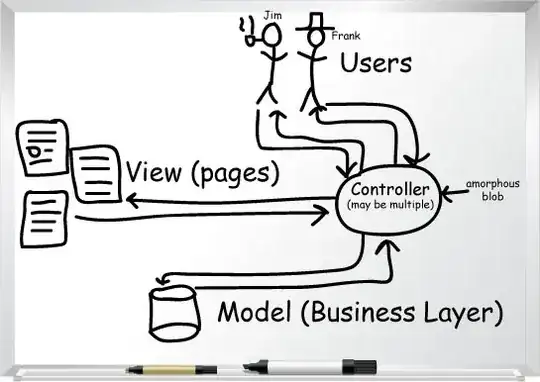Explain the advantages
I would explain MVC in terms of business benefits. Your managers will be able to understand this, and will get on board if the advantages are convincing.
MVC allows you to break down your application into sensible units, each of which exists independently of the others. You get clean, maintainable, testable code, and potentially code reuse between systems.
The Model
Each model encapsulates a single type of business information, for example, a customer record or a product, along with all related business logic.
Separating this out allows you to easily test your business logic in isolation from other parts of your application.
You can also easily extend the application by adding additional models, it's very modular and clean.
Each model in theory can exist independently of the others. You might consider enforcing this by using service objects to handle relationships between models. You can swap out models without affecting the rest of the system.
The View
Separating out your view allows you to easily update your front end without breaking the underlying back end.
You can give your front end code to another developer without necessarily giving them access to the whole system.
You are also free to create alternative front ends that work with the existing system. You might show your data as a mobile app, or an API, or a PDF, or an Excel spreadsheet. You can do this without hacking into the rest of the system. You're less likely to break things accidentally. You can readily create integration points for existing systems to hook into.
The Controller
The controller wires the models to the view. It keeps everything separate. You can wire in a different view very easily. If you change your model code, the view doesn't even need to know.
Other Advantages
It's a common pattern. Other developers will be able to understand your code and work on it. If you return to your code years later, you will likely be able to understand it and make changes. Your code will be less likely to become another legacy headache for a future developer.
Because everything has a place, it's much easier to produce clean code. The risk of spaghettification is dramatically reduced (though not eliminated). Your code becomes maintainable.
Because everything is modular, you can test parts of it in isolation. Your code is testable and less likely to harbour bugs or security holes. Future upgrades will be much easier as you will be able to easily test the whole system.
